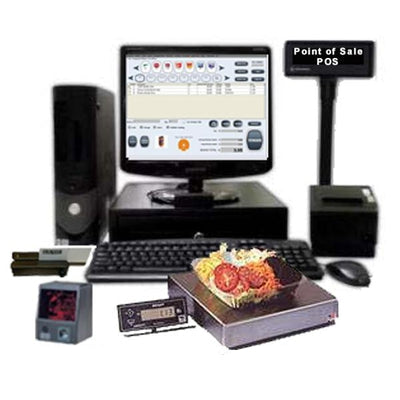The retail and service industries are growing, and so are the tools that support them. The central element of this evolution is the modern POS point of sale system comprised of hardware and software that goes way beyond cash registers as well as receipts. The point of sale is not only about collecting payments. Today, the purpose of customer experience lies in operational intelligence, customer insight and seamless integration across all aspects of business.
POS Software: The Heart of the System
Point of Sale POS software is a command center which can manage all transactions. It updates stock automatically and sends alerts if products are in short supply. It manages sales history and customer preferences, turning each purchase into valuable information that can be used to inform future strategies for marketing and buying decisions.
A great POS system’s ability for linking departments is one of its most overlooked features. Instead of handling payroll in isolation for instance, certain systems include time clock functionality that directly informs employee scheduling and wage calculations. This means a more seamless workflow and fewer administrative headaches.

POS software has the option of synchronization, which is crucial for companies that have both a local and online presence. In-store products can be synchronized with online stock in real-time which can prevent mismatches and double-selling. The trend of shopping towards hybrid purchases, where customers may browse online but pick up their purchases in stores makes this approach essential.
Why Integration is More Important Than Ever
Integration is where the modern POS point of sale system truly shines. The days of having to juggle different tools that don’t “talk” to each other are long gone. The strength of a strong POS platform is in the ease with which it connects inventory, sales, staff management, and even accounting.
Take customer experience, for example. A simple scan at the point of purchase can pull up the loyalty points of customers and apply discounts that are relevant, and send an electronic receipt to their inbox without slowing the process. On the backend, the same sale updates revenue totals and stock availability and also daily reports. This allows for a more personalized shopping experience as well as reducing mistakes and manual input.
For business owners and managers This level of understanding is invaluable. With reliable, current data constantly available, they will be able to react quicker to the trends in demand, adapt pricing strategies, and ensure their team is adequately staffed in peak hours.
A monetary investment that pays off in the Long-Term
It’s not surprising that growing numbers of companies invest in POS systems. They provide tangible results. The benefits of POS solutions go beyond speed and accuracy. They also assist with better decisions and longer-term expansion. A well-designed point-of sale system can assist in streamlining operations, and reveal patterns you may have missed.
Moreover, with the rise in expectations for consumers and expectations, a modern point-of-sale setup is an essential but silent part of customer experience. Fast checkouts, accurate data on inventory, and a digital payments are becoming common requirements. Businesses that can meet these points earn more trust as well as more repeat visits.
Final Thoughts
A modern POS is much more than a device for cash-outs. It’s a connection between your employees, you and your customers. Point of sale POS Software can help you know your business on an even deeper level. It offers clarity in decision-making and optimizes execution.
In a highly competitive market staying ahead of the competitors means being aware, agile and focused on your customers. If you’ve got a modern and integrated POS system on your side, you not only will you be able to make sales, but you are also making something that is sustainable.
